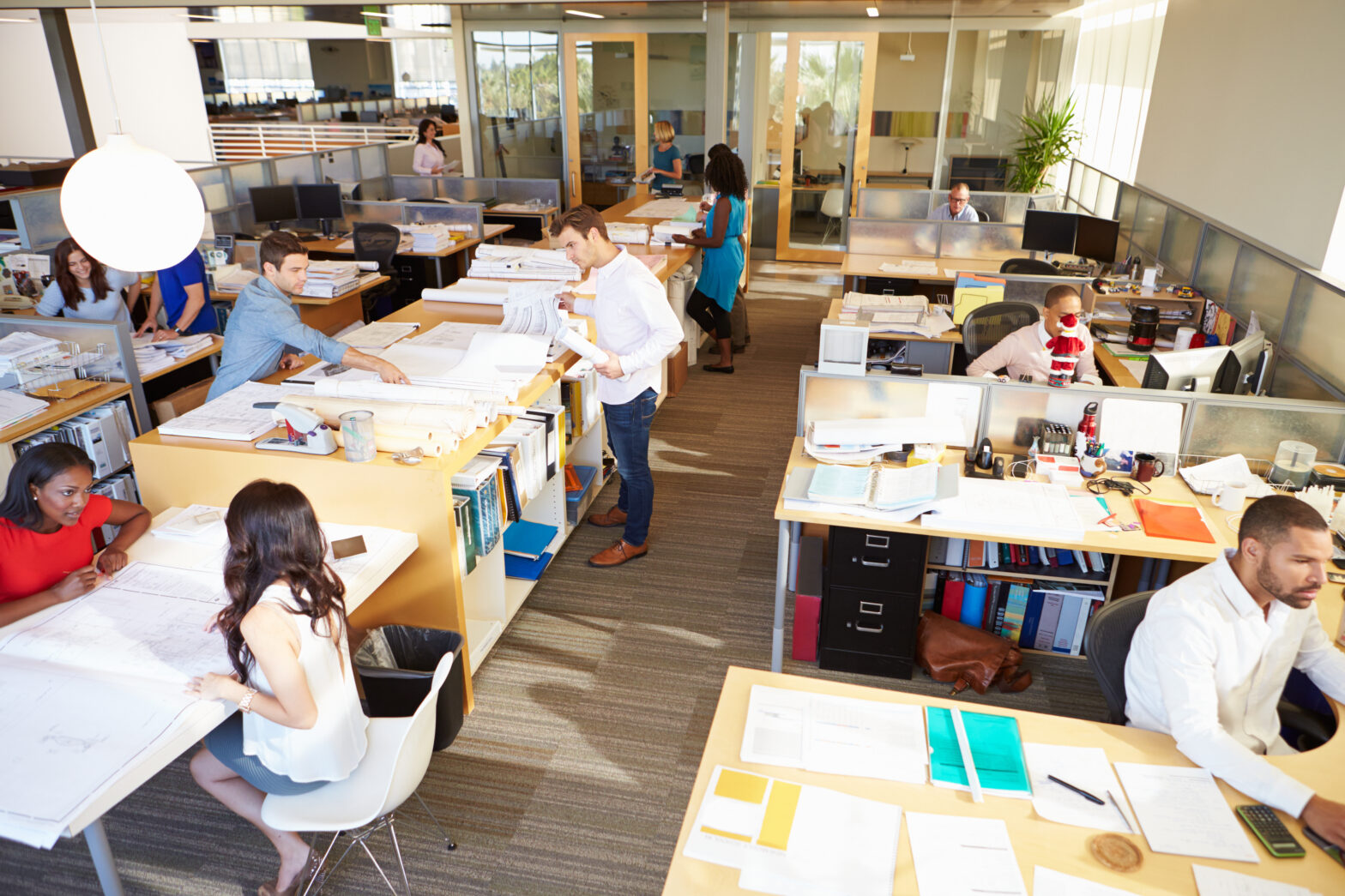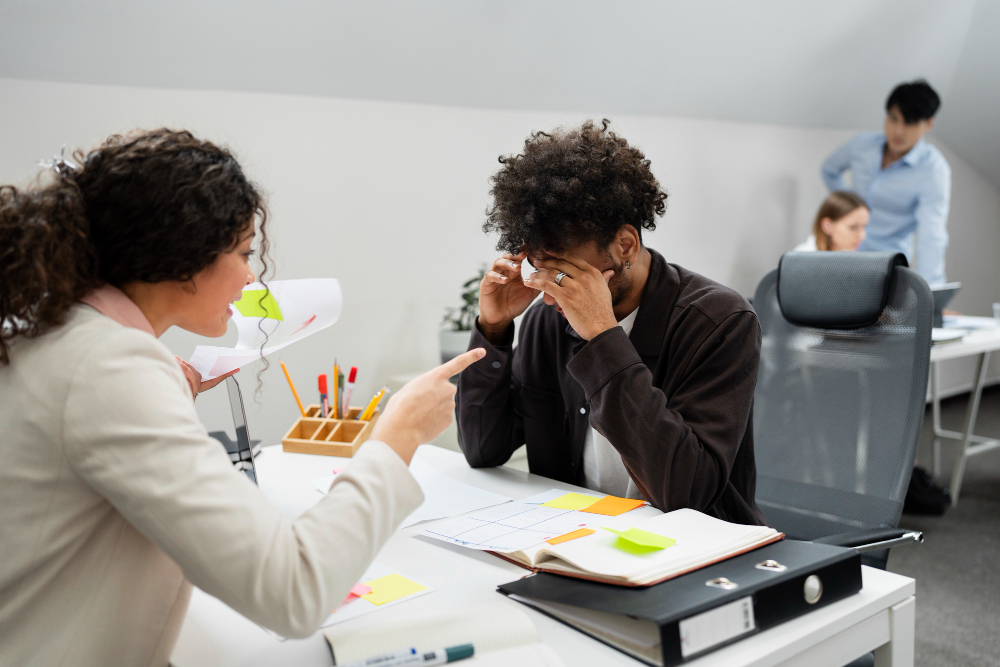Recent figures released by the Office for National Statistics show that the productivity levels of UK workers have not increased since 2007, a trend that has been described as ‘unique amongst advanced economies’ which presents a huge barrier to growth.
However, while margins and employee outputs are heavily scrutinised, the suitability of the workplace environment itself is often overlooked. By identifying the conditions that best facilitate collaboration, concentration and well-being, business owners can adapt their OX or office experience to give employees the tools they need to perform at the highest possible standard.
Aside from obvious considerations such as temperature, light and ergonomic design, there are a number of features that can be incorporated into a functional office space.
Collaboration vs. concentration
Most job roles will involve a degree of collaboration, either through sharing creative ideas, project work or company-wide meetings. Here, it can be useful to create clear divisions between areas used for team activities and spaces reserved for individual tasks. Noise pollution is a common problem in many workspaces, with background interference having a proven negative effect on workers’ ability to carry out challenging cognitive tasks.
>See also: How to grow your company culture from day one
While complete space separation is likely to be challenging, as a general rule, group discussions are best kept to communal areas or meeting rooms. Creating quiet zones where employees can concentrate without interruption will ensure that their productivity is not compromised and output is increased.
The break out area
Scientists believe that when completing complex tasks it is important that workers take regular breaks, allowing their brains to consolidate and evaluate large amounts of information. Despite this, an estimated 70 per cent of Brits work without a mid-day break and eat lunch at their desks. In terms of efficiency, this can be counter-productive and employers should encourage staff to take some time away by creating break-out areas.
Made popular by tech start-ups, break-out areas are secluded from the rest of the office and offer employees the opportunity to detach themselves from their work in order to relax and refresh. The layout and composition of break-out areas can be hugely varied.
Rooms may simply be made up of comfortable seating, chairs and tables or in some cases provide a more tangible opportunity to detach, with entertainment stations, pool tables or books. Offering employees an environment in which they can take some time out not only increases overall productivity, but also provides the opportunity to socialise, positively affecting well-being and job satisfaction.
Consider de-teching (to an extent)
There is no doubt that computers and the internet are vital for most firms to effectively conduct business. For many employees, sitting in front of a screen for 5 plus hours a day is seen as a necessary evil. However, this can be extremely detrimental to workers’ health and can limit creativity.
>Related: Five ways to make sure you’re heard in meetings
Computer vision syndrome (CVS) otherwise known as digital eye strain, is thought to affect up to 90 per cent of regular computer users and can cause headaches, blurred vision, eye strain, dry eyes and dizziness. Aside from taking regular breaks and ensuring that employees retain the correct posture, workers should also be encouraged, where possible, to maximise their opportunities to de-tech.
Often group discussions around a table and sharing ideas face-to-face can be a much more effective method of problem solving and strategy formation than communicating via email. Retaining the capacity for employees to communicate in this way and source information via journals and books will not only take them away from their screens but will also encourage out of the box thinking.
While firms are obliged to meet their employees’ basic needs in terms of the more literal working conditions such as temperature, holiday entitlement and contracted hours, this alone is not enough to maximise productivity. Considering the wider design of the office space including areas for independent tasks, collaboration and breaks, as well as encouraging traditional ideas sharing can improve well-being and provide an office experience that inspires employees to perform at their best.
Nigel Crunden is a Business Specialist at Office Depot
See also: Developing a culture to survive and grow






